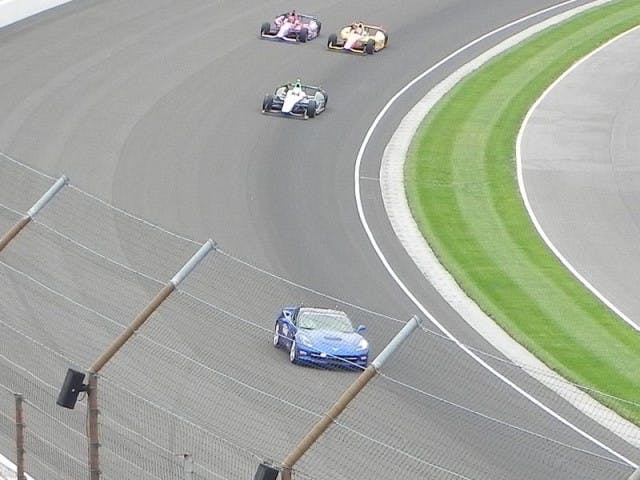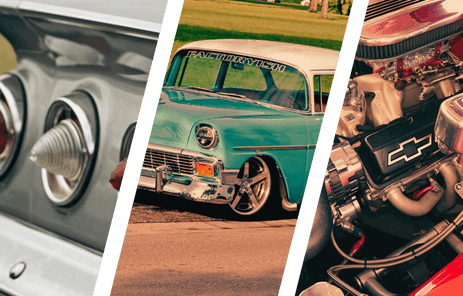
The Indianapolis 500 race started the tradition of using a pace car to keep the starting field in order to begin the race from a rolling start. Prior to 1911, almost every auto race utilized a standing start to begin the race. The pace car is required to collect the field back up at a reduced speed for an organized restart after a caution. For all intent and purposes, the pace car is a safety car.
It has also become part of the winner’s booty. Since 1936, the winner of the Indianapolis 500 has been presented with one of that year’s pace cars, or an exact replica of the pace car. Another time honored tradition of the pace car experience has been that a celebrity or former racer, was invited to drive the pace car to start the race. Auto manufacturers fight for the privilege of supplying the pace car to showcase the latest model or special car in their lineup. Several have gone on to become legendary classics, and we count down the top ten Indianapolis 500 Chevy pace cars of all time.
The 2013 Indianapolis 500 Start:
%CODE1%
In 2013, a Corvette was chosen to pace the Indy 500, which practically gave the model tenure by serving in that capacity for the 13th time. Driven by former Indianapolis Colts quarterback Jim Harbaugh, who also is part owner of the Panther race team in the IndyCar series, the 2014 Stingray Corvette set the stage for the fastest Indy 500 in history.

The 2014 Corvette Stingray did not actually become available to the public until fall of 2013, starting with the coupe and the convertible following a few months later. It was powered by the 6.2L LT1 engine, which featured direct fuel injection, continuously variable valve timing and Active Fuel Management (aka: cylinder deactivation) which helped produce 450 horsepower more efficiently.
This pace car brought back the iconic Stingray name and became an instant hit with the public.
You might also like
SEMA 2025: Roadster Shop Debuts 1982-1992 Camaro SPEC Chassis
Roadster Shop's new 1982-1992 Camaro SPEC Chassis is a bolt-in solution that improves performance in every way.


